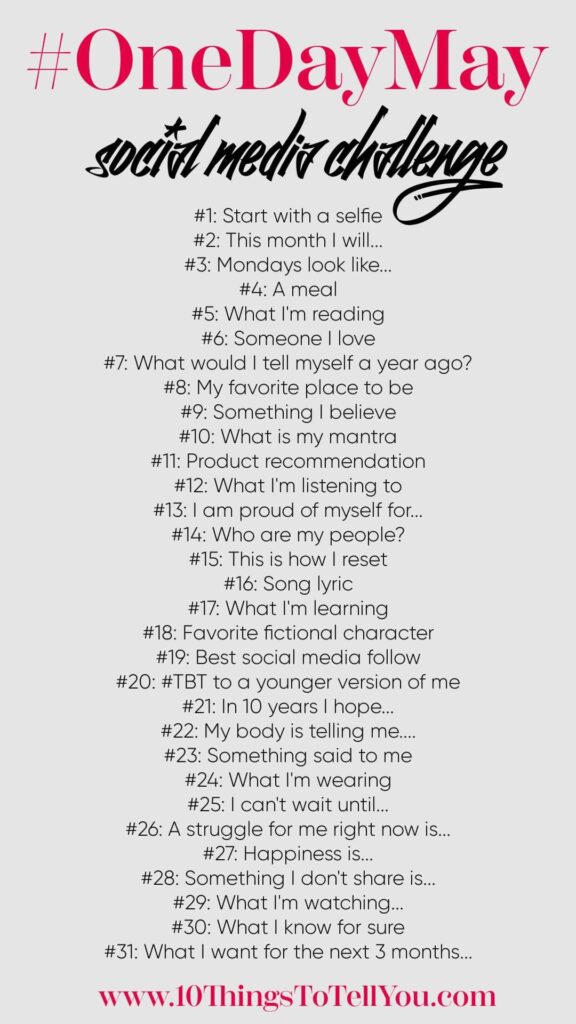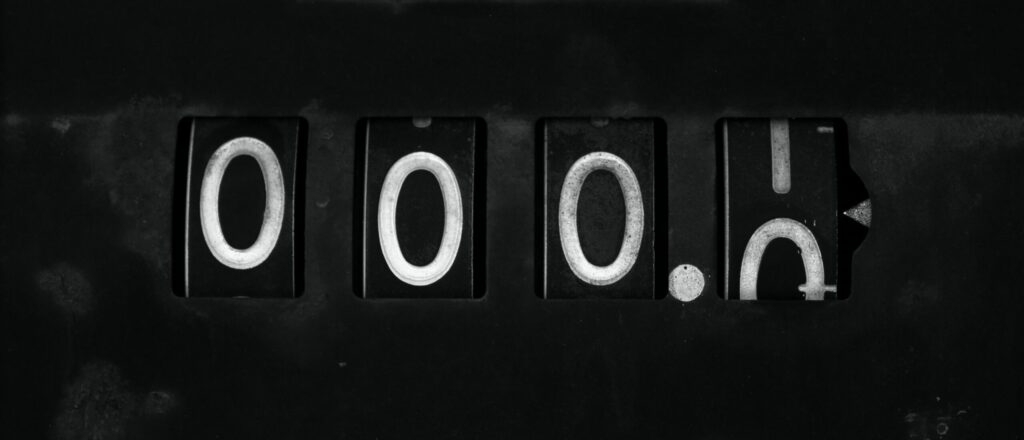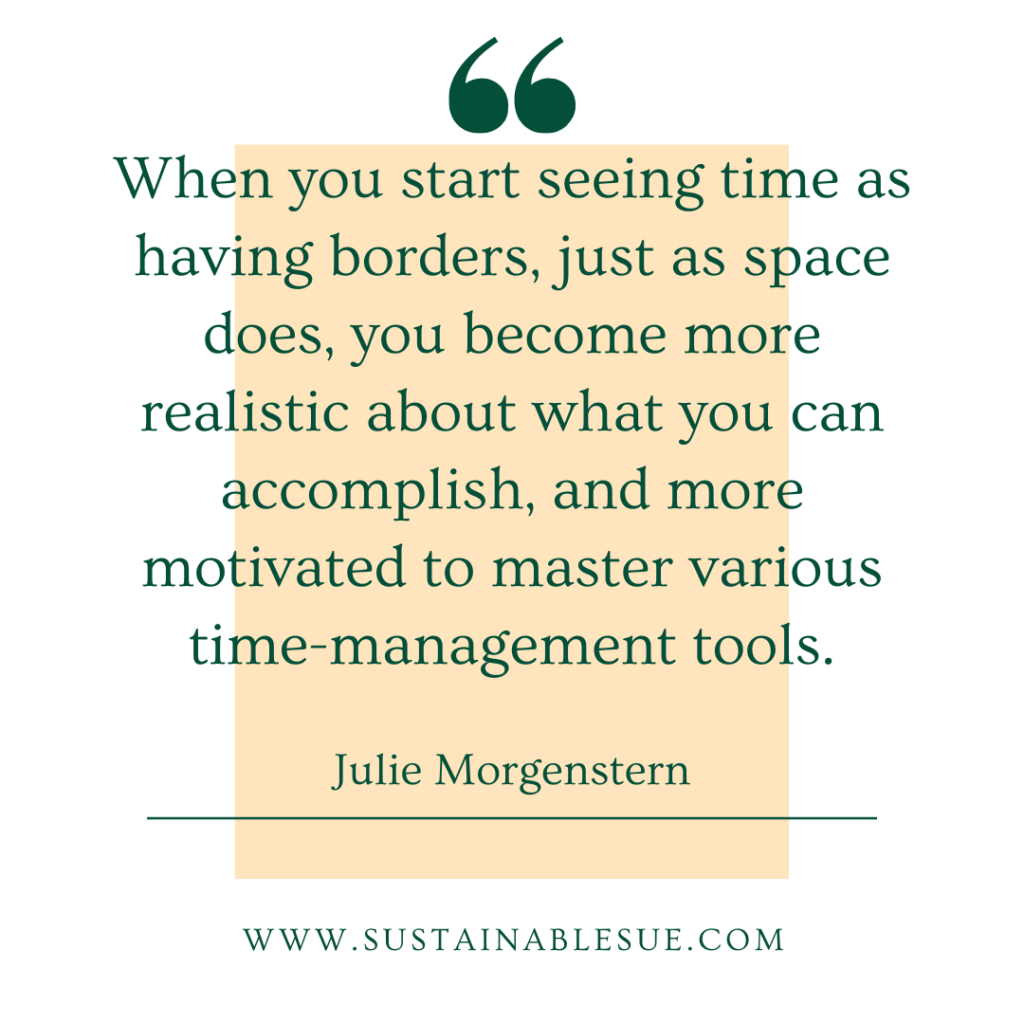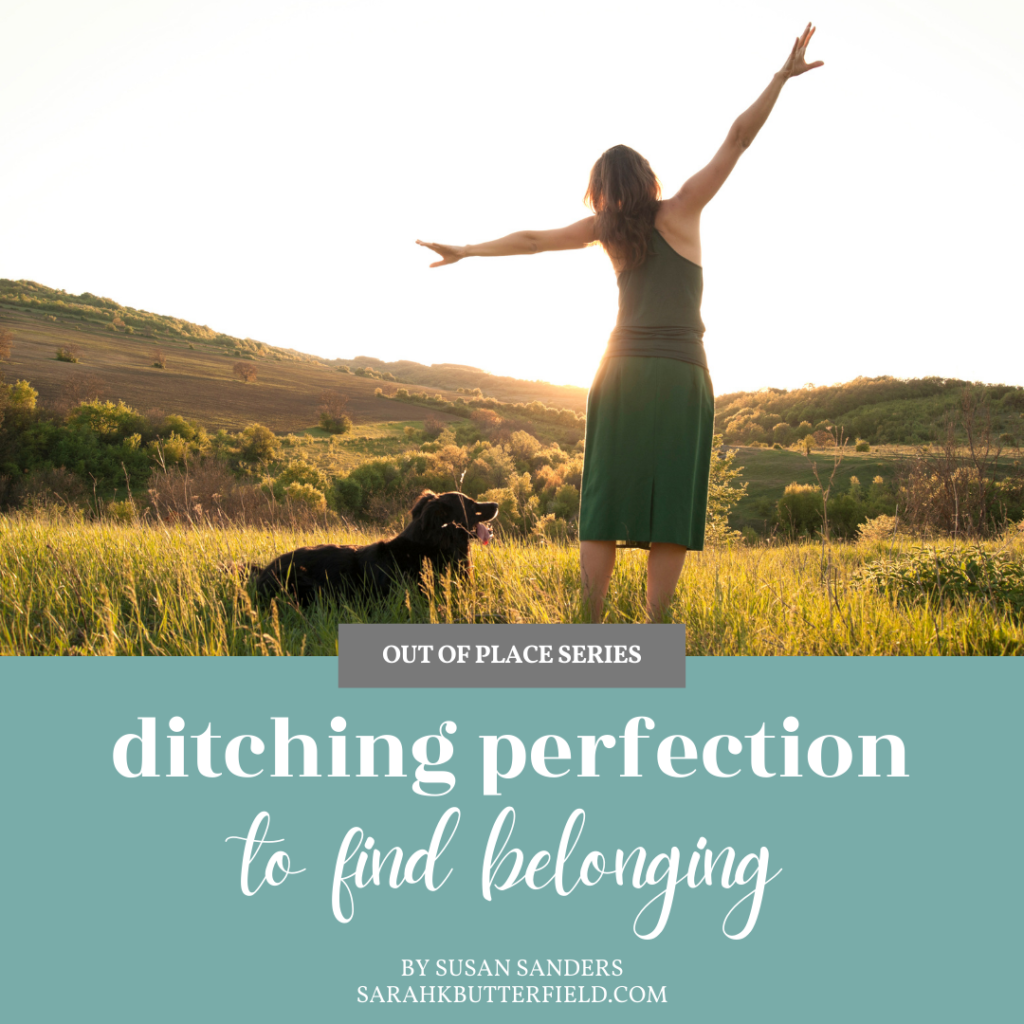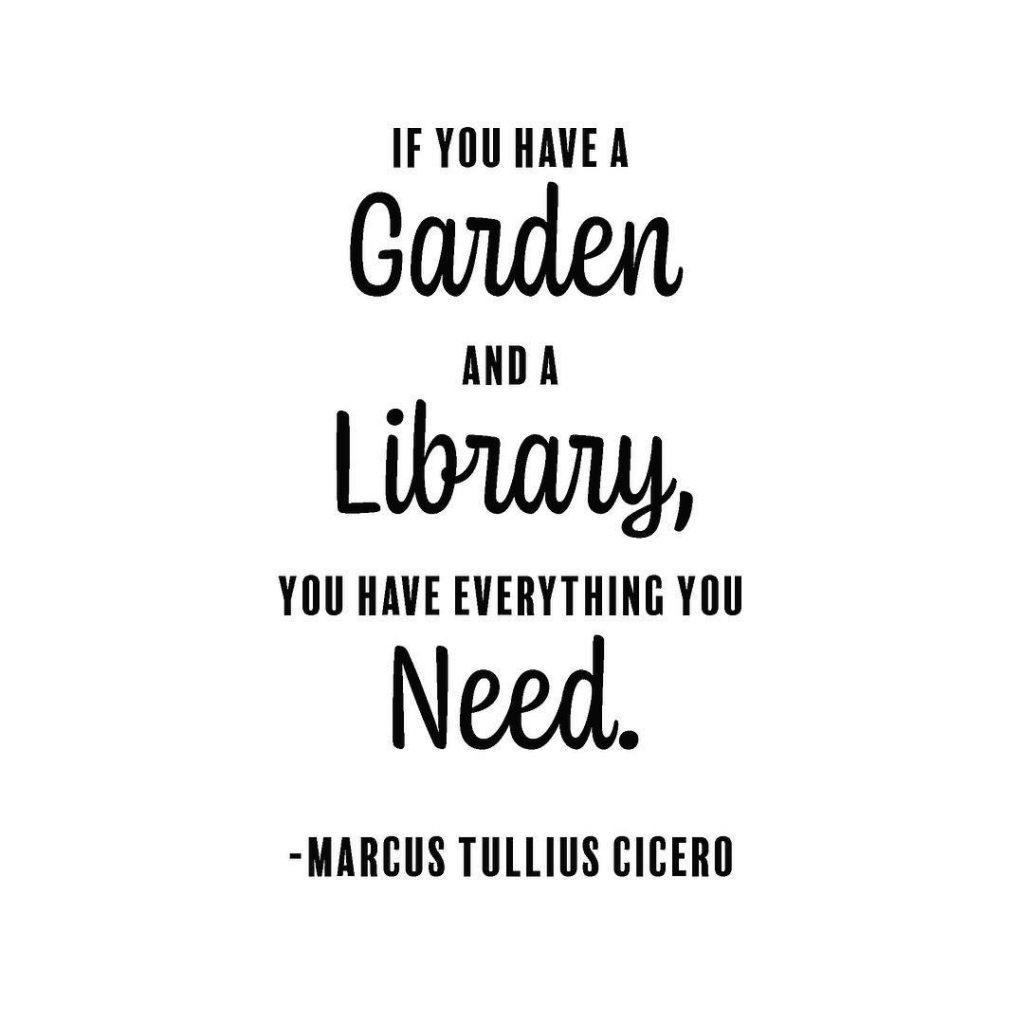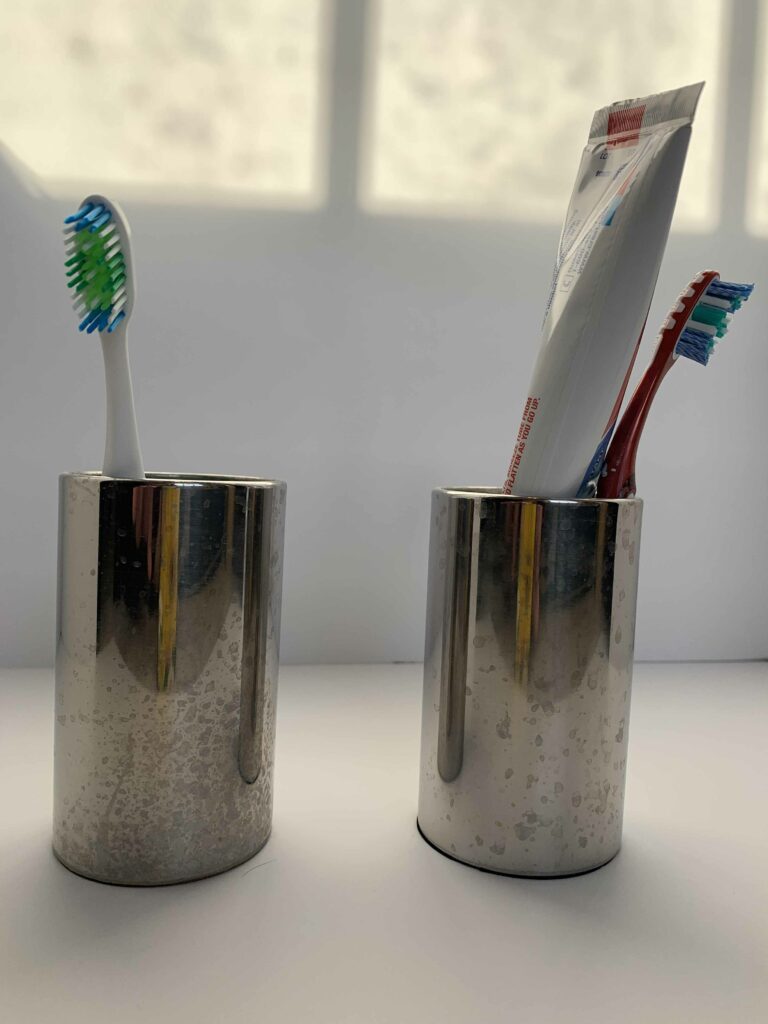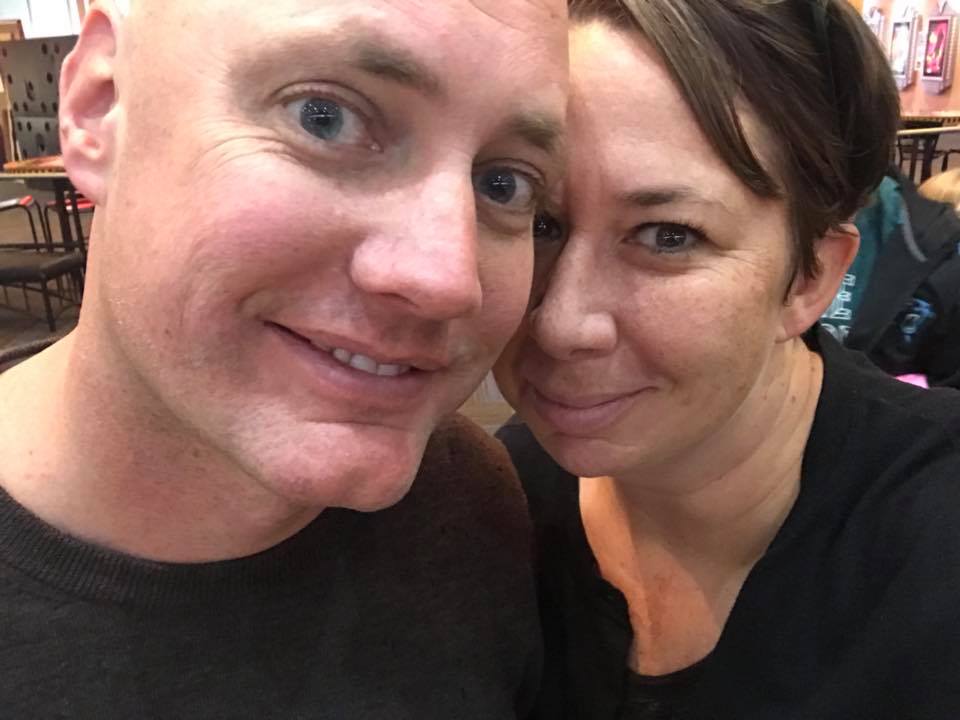What Road Trips Can Teach you About Goal Setting
Remember the days where we used maps to plan our road trips? In order to get to our destination, we had to know where we were starting from. How do you know what direction to travel if you are unsure of your starting point and end target?
Personal productivity is very similar.
Set Your Destination
Often we see the end result of where we want to go.
- Moms in Target who has 2 kids walking alongside the cart, not grabbing things off the shelves and whining.
- The woman at the gym who runs twice your speed on the treadmill.
- Photos on social media of perfectly organized pantries.
First of all, I caution you against comparing your insides with someone else’s outsides. Seldom does the presentation reality match up with the truth. The end results in the above examples, could be rooted in reality like this:
- Target Mom may run her household on fear and those kids “know better than to act out in public.”
- Treadmill gazelle may have an exercise addiction driving her to run herself into injuries or worse.
- Perfectly organized pantries are seldom found in homes where people feel at ease grabbing what they want (think teenagers having friends over).
All of that aside, you may have a vision of where you want to go. Destinations are great, but it is not productive to start on the path without knowing where you are starting from.
“On any journey, we must find out where we are before we can plan the first step.” Kathy Boevink
Determine Your Starting Point
If we return to the map of our road trip, determining your starting point seems easy. But looks can be deceiving. The more granular your starting point, the more accurate your route can be. This is true whether we are using maps or a GPS to plan our route.
Let’s say for example, I decide my starting point is the name of my town instead of the street I live on. This will lead to two very different routes to my sister’s house. One is 30 minutes faster than the other – and when I am going to visit my nieces, every second counts. Drilling down to truly understand where I am starting from helps me not waste time getting to where I want to go.

Photo by Thomas Kinto on Unsplash
The same is true with habit change. The more defined vision of where you want to go combined with the more granular idea of where you are starting from can mean the difference between Sustainably Productive (SusPro) habit change and habit change that fizzles out by week’s end.
- Fizzle Out Habit Change: I want to bike more.
- SusPro Habit Change: I currently ride 50 miles a week with my longest ride being 30 miles on Sundays. I want to increase that to riding 50 miles on my birthday in June so this week I will ride 33 miles on Sunday and keep the weekday rides short to make sure I can fit them in during lunch.
Or maybe this example resonates with you:
- Fizzle Out Habit Change: I want to chill out and stop being crabby.
- SusPro Habit Change: I have zero time where I am still. This week I will sit in silence for at least 1 minute, but no more than 5 on Monday and Thursday. I won’t try to meditate – if I can just be still that will be a victory.
The SusPro method starts with a vision of where you want to go and a granular look at where you are starting from. Now let’s talk about how you can determine where you are starting from.
Getting Started
The Sustainable You Time Tracker is a free resource that can help you determine your starting point. Simply download the tracker and set a timer to go off every 30 minutes. When the timer goes off, write down what you have spent the last 30 minutes on.
Don’t wait for a “normal” week – there is no such thing. You can learn from any snapshot in time. At the end of the week, take a look at what trends you see. Maybe you are surprised to see you spend 2 hours each day waiting at various points of the day. This time tracker is just information – do not use it to shame or blame. Identify patterns that are not serving you and make small adjustments.
Your Turn
Take a stab at tracking your time and let me know how it goes. I love to talk productivity with people so if you want me to take a look at your tracker you can email it to me at Susan@SustainableSue.com.
